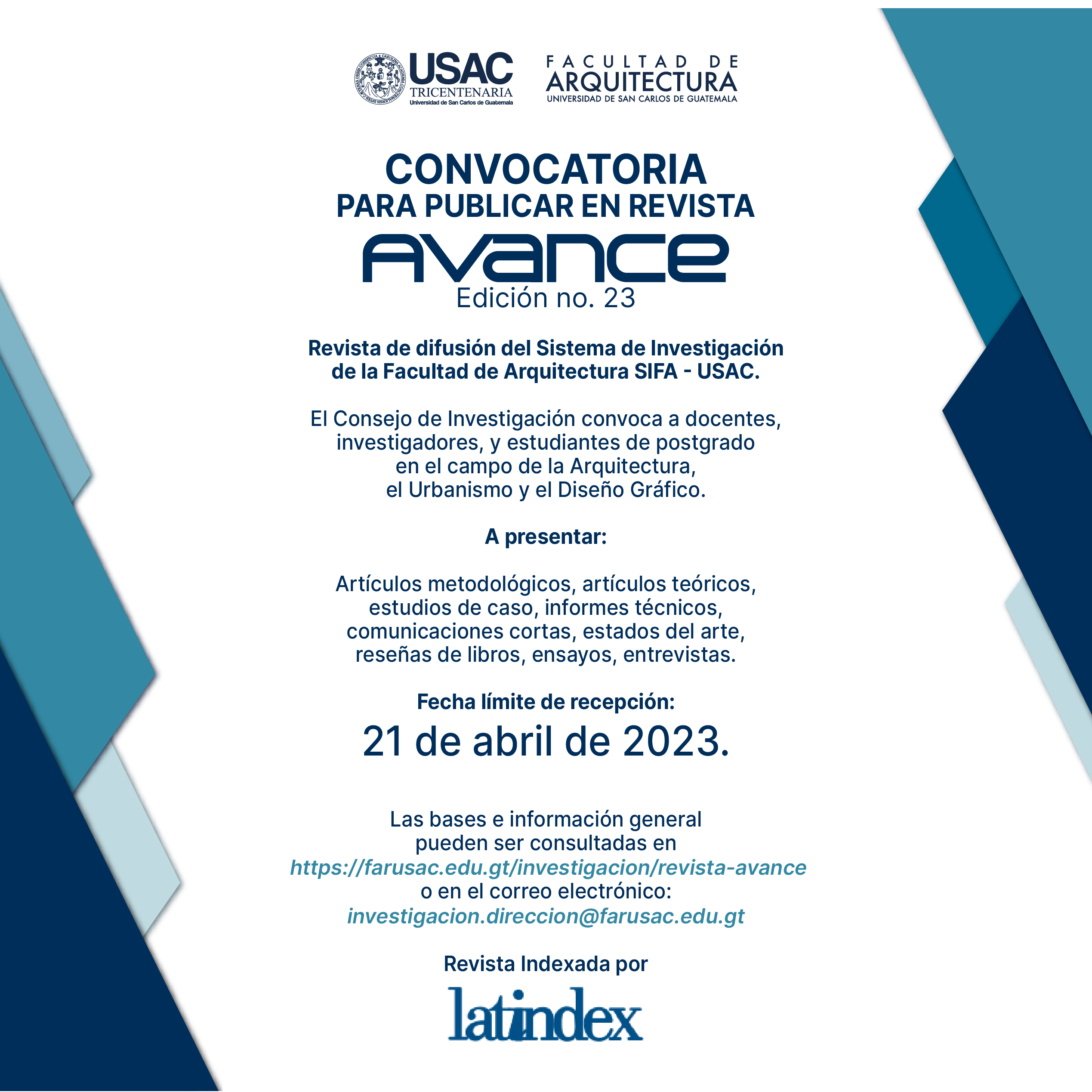The augustine footprint in the Valley of Mezquital: a landscape hypothesis
Keywords:
Mezquital valley, agustinian order, chapel, landscapeAbstract
Santiago de Anaya, Mezquital Valley, Hidalgo is a hñä-hñu territory part, whose evangelization is consummated by the Augustinian order. Territory, whose environmental characteristics are melting pot that melts history and thought. The points of union are expressed in heritage as architectural structures, whose use and origin are now unknown,
the existing hypotheses do not contemplate the landscape - thought intersection. In an interdisciplinary vision we find the landscape produces responses to the presence phenomenon of this architecture.
The municipality has scattered 25 chapels of the seventeenth, eighteenth and nineteenth centuries. By its characteristics are grouped into three categories: Yolotepec and Santiago with house room; Santa Monica, Ndedó and Pothé allow parishioners meeting. And 23 more, whose dimensions do not lend themselves to community worship, its been observed, they are dispersed in places without population, or in a recent settlements, in slightly high places, it is inferred under a mythical - landscape criterion that the vaults borned with an eremitic function, as reminder of the Augustinian past. Customs and tradition inherited to people, whose appropriation of the territory is scatter. The vaults of Santiago de Anaya are an identity element of that forces its conservation with cultural use.
Downloads

Downloads
Published
How to Cite
Issue
Section
License
Copyright (c) 2019 Rocío López de Juambelz

This work is licensed under a Creative Commons Attribution-NonCommercial-ShareAlike 4.0 International License.












